
| Torres del Paine - The W+ Trek (part 1) |
Getting There |
|
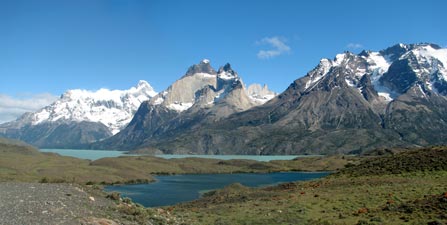 The incredible setting of Parque Nacional Torres del Paine |
|
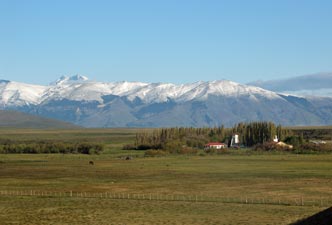 Estancia on the Patagonian steppe |
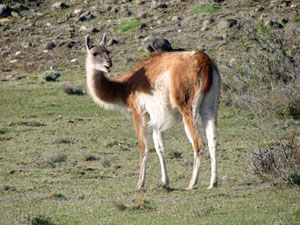 Guanaco taking umbrage |
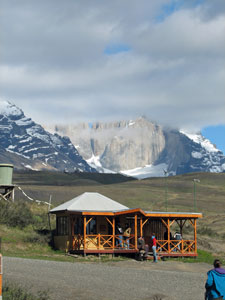 Park entrance and the first glimpse of the Torres |
|
||
 A land of sheer rock walls and lakes of many colours |
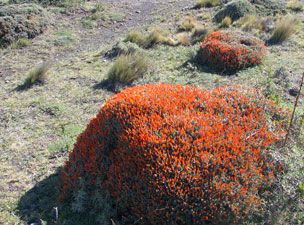 Brilliant colours of Patagonian flora |
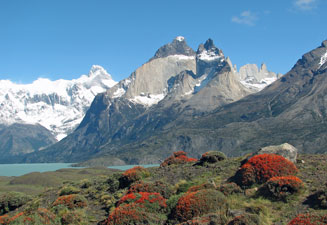 Paine Grande, Los Cuernos and Los Torres |
|
||
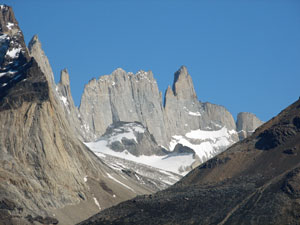 Looking up to the distant Torres |
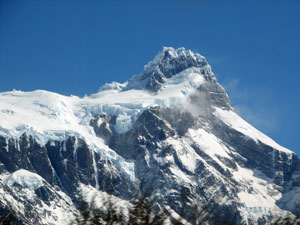 Glacier-capped top of 3050m Paine Grande |
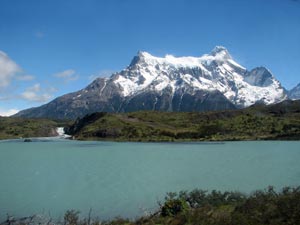 View of Paine Grande and the Salto Grande on Lago Pehoé |
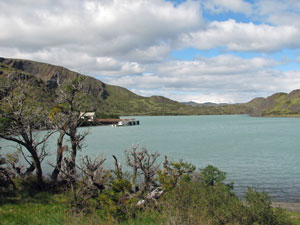 The catamaran port at Lago Pehoé |
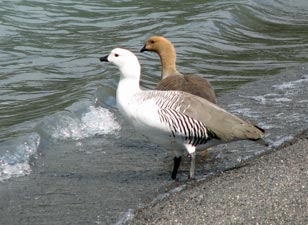 A pair of caiquén (upland geese) |
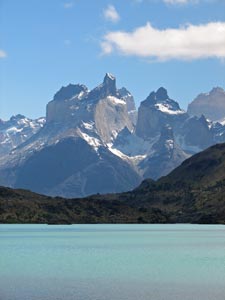 The 2600m Cuernos del Paine |
|
||
Day 1 - Park headquarters to Refugio Paine Grande (17km 100m ascent - 100m descent) |
||
|
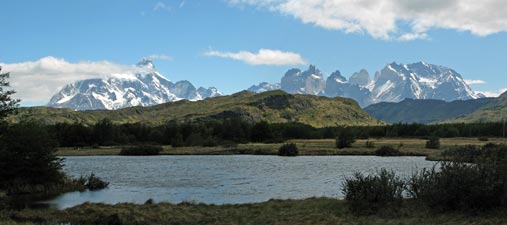 Our walk begind in the magnificent Paine National Park |
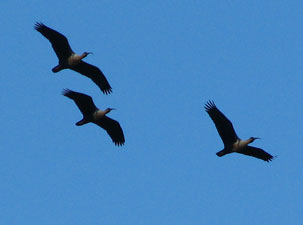 Bandurrias (black-faced ibis) in formation flight |
 Panorama of the steppe and 1480m Cerro Donoso |
 Yet another aspect of the Paine massif |
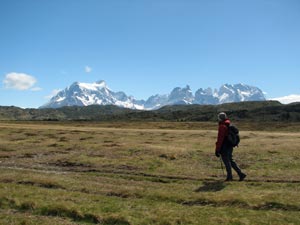 Heading out into the Patagonian steppe |
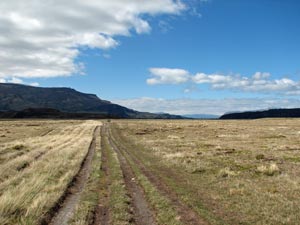 Looking back on our path across the flat grasslands |
|
||
 Cloud hugging the Southern Patagonian Icecap |
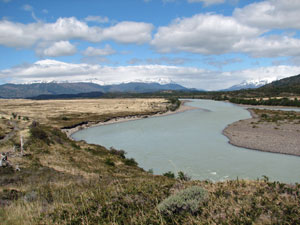 Looking south over Rio Grey |
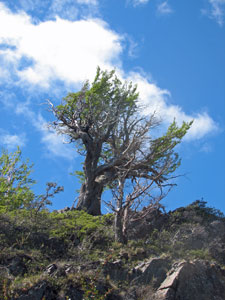 A gnarled old Nothofagus on the ridgeline |
||
|
||||
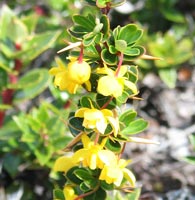 |
 |
 |
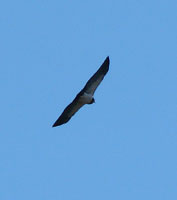 |
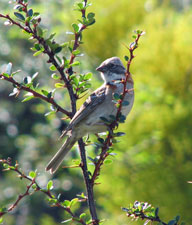 |
|
|
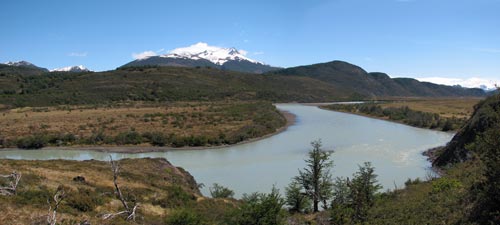 A bend in Rio Grey with 1600m Cerro Ferrier in the distance |
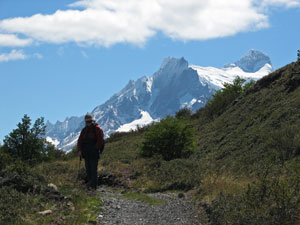 3050m Paine Grande reappears |
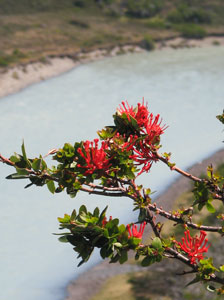 Chilean firewheel by the river |
Ahead, the unmistakable glacier-topped shape of Paine Grande began to reappear and provide the beacon for our path. The track led us down to grassy flats beside the river, then slowly back up the side of the low ridge, where the incredibly jagged Cuernos del Paine now appeared.
|
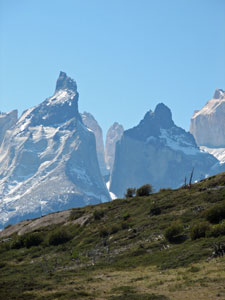 The jagged profile of Los Cuernos del Paine |
|
|
||
 |
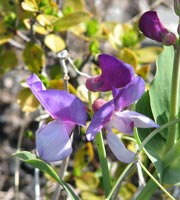 |
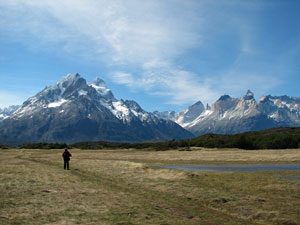 Heading across the grassy flats toward Cerro Paine Grande |
|
|
 The red pinwheels of ciruelilla |
|
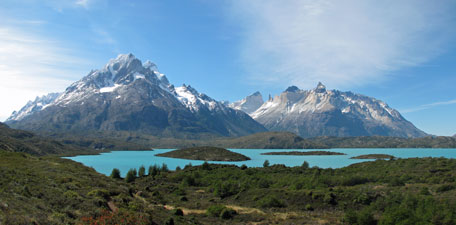 Panorama of the Paine Massif and Lago Pehoé |
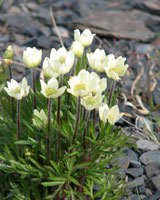 |
|
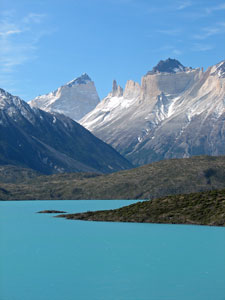 A symphony in blue |
|
 Refugio Paine Grande - home for the next 2 nights |
Day 2 - Glacier Grey (22km - 820m ascent - 820m descent) |
|
||
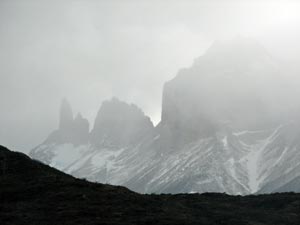 The morning mists swirl about Los Cuernos |
 View up Quebrada de los Vientos |
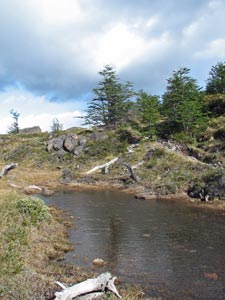 A small tarn at the head of the quebrada |
|
||
|
|
|
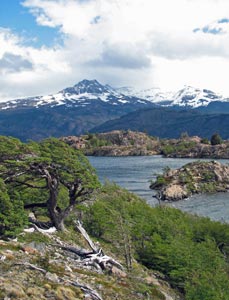 Stunted beech at Laguna Los Patos |
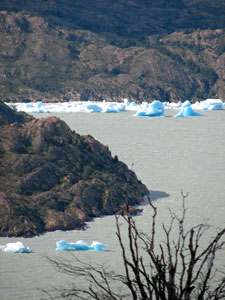 Stranded icebergs in Lago Grey |
|
 A beech-lined tarn |
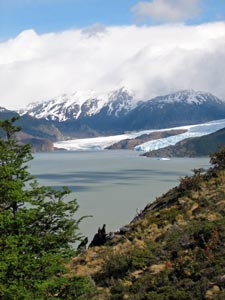 First view of Glacier Grey |
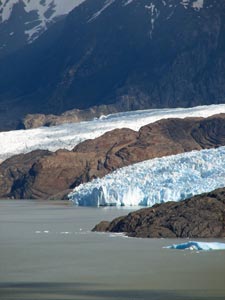 Western face of glacier Grey |
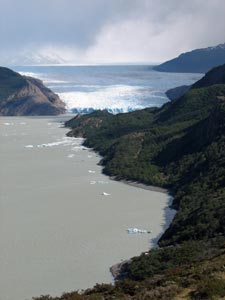 View from the saddle of the eastern face |
|
|||
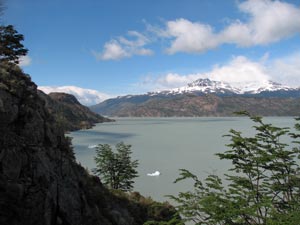 Looking south along the shore of Lago Grey |
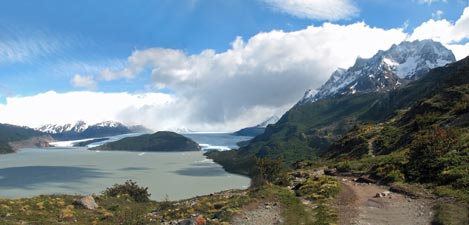 Panorama of Glacier Grey and 2092m Cerro Blanco |
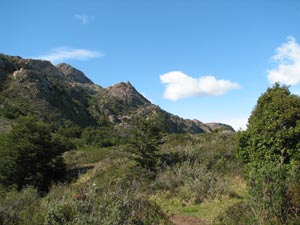 Looking back up to the saddle |
We followed the track through the calm and peaceful forest. The sun shone and the birds sang, while high above us the gusts were reaching 60 kph, driving cloud across ice field and mountain tops. Patagonia is certainly full of sharp contrasts. Crossing several small streams, we descended sharply to reach a bridge that crossed a narrow but deep mini-gorge down which rushed Rio Olguin fed from the waterfall of the same name high above. The track then climbed up the rock ribs that separated lake from stream, passing under gnarled old beech trees, before dropping down into the gully between successive rock ribs. |
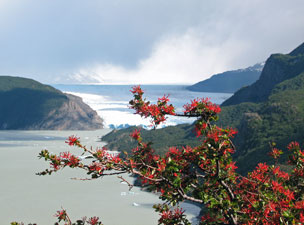 The beauty of ciruelilla |
 Beech forest on the eastern shore of Lago Grey |
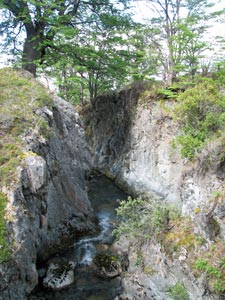 The chasm of Rio Olguin |
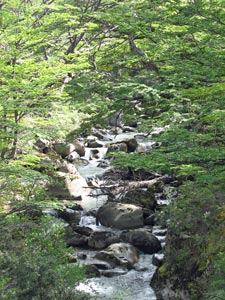 A babbling mountain brook |
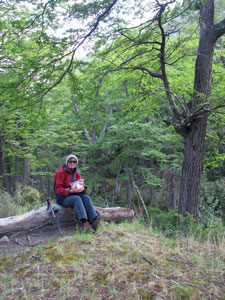 Lunch in the forest |
|
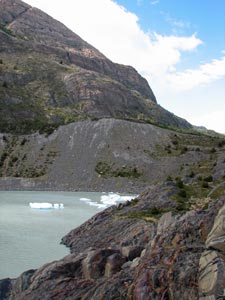 A quiet corner of Lago Grey |
|
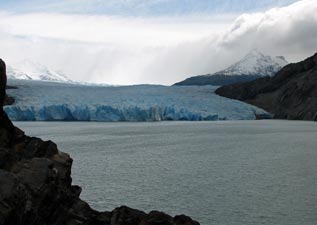 The eastern face of Glacier Grey from the Mirador |
 Our first close-up iceberg |
|
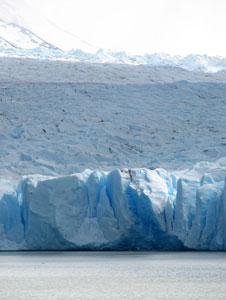 The face of Glacier Grey |
|
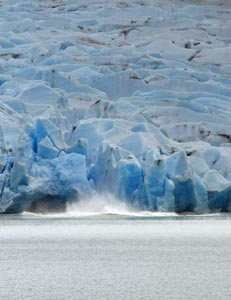 Birth of an iceberg |
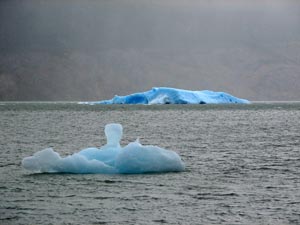 The amazing colour and shape of the icebergs |
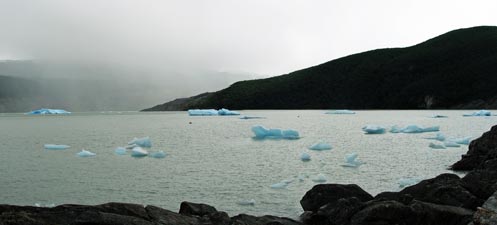 Icebergs floating in the bay at Refugio Grey |
|
|
||
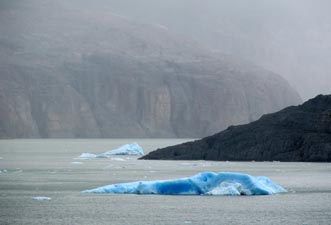 Mists settle over Lago Grey |
 Solitary iceberg |
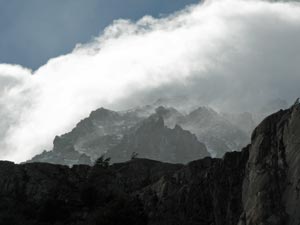 Cloud sweeping over the jagged western face of Paine Grande |
 One last view of Glacier Grey  Waterfall on Rio Olguin |
|
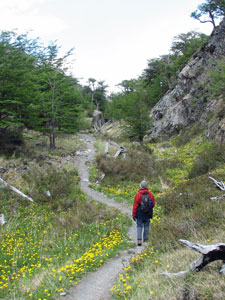 Flower-lined path near Refugio Grey  Looking out over Lago Grey |
||
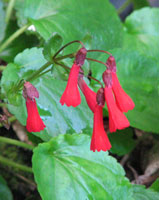 |
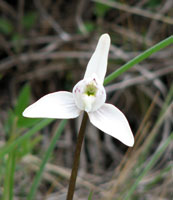 |
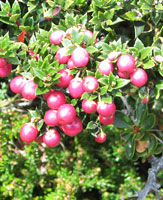 |
||
|
||||
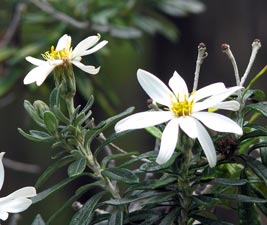 |
||||
 Laguna los Patos |
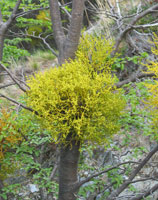 |
 |
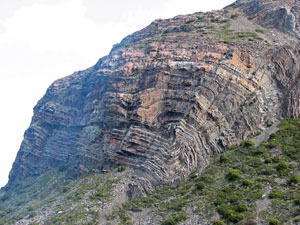 The curious geology of the Paine Massif |
|
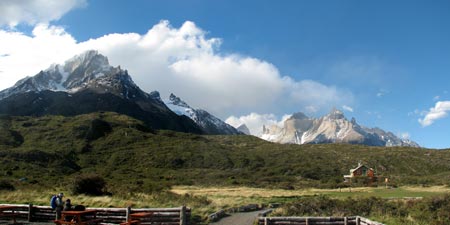 The wind whips cloud over the crest of Paine Grande at the end of a glorious Patagonian day |
|
|